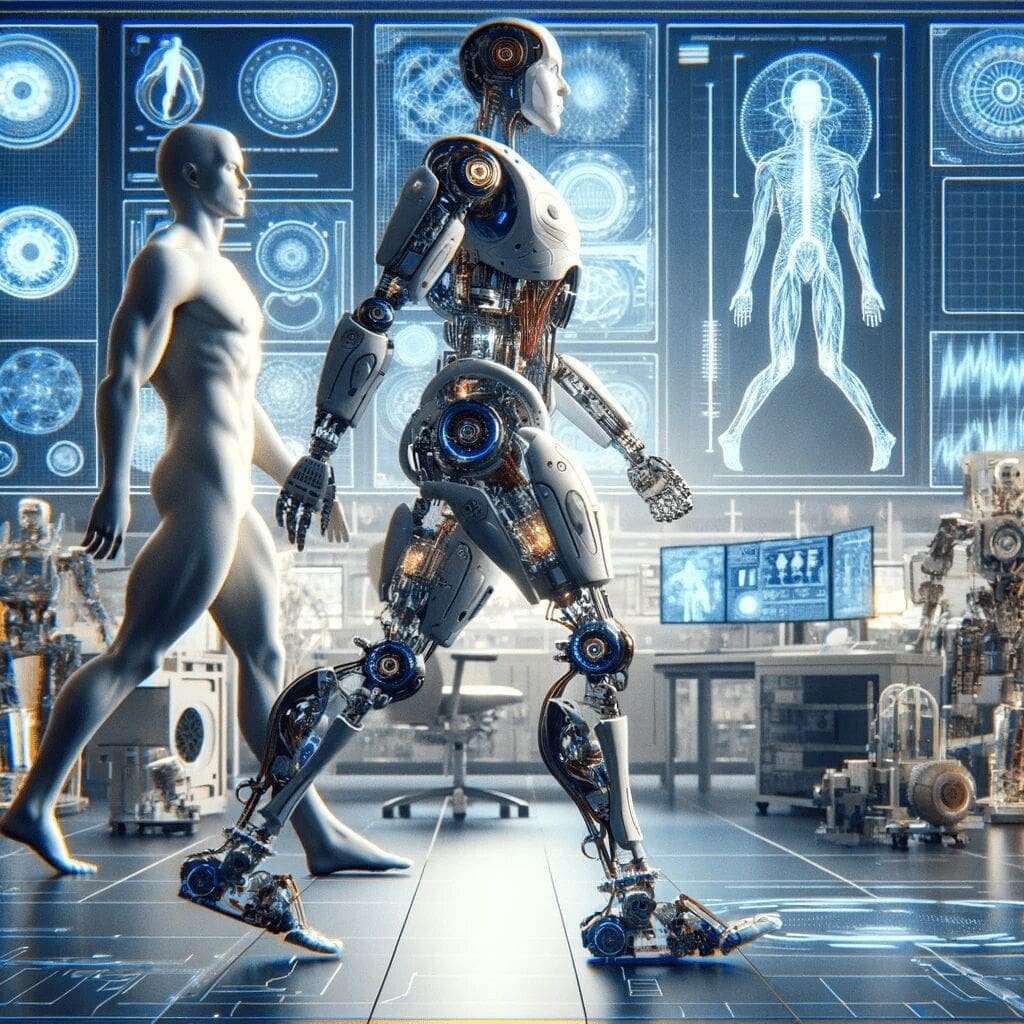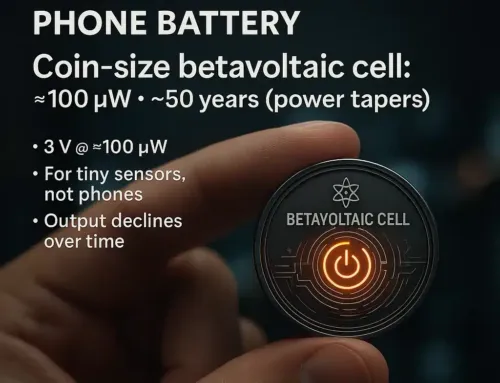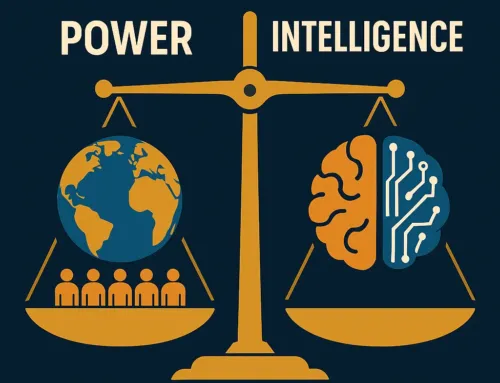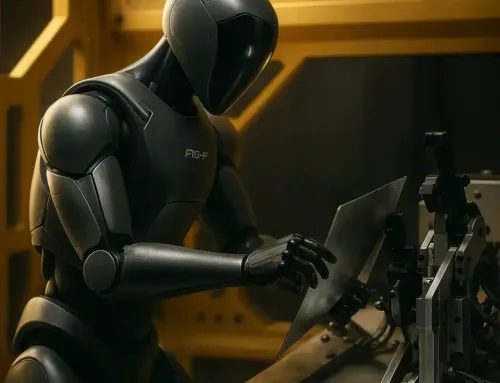
Approx. read time: 3.2 min.
Post: Revolutionizing Robotics: Tohoku University’s Breakthrough in Human-Like Walking Robots and Biomechanics Innovation
Revolutionizing Robotics: Tohoku University’s Breakthrough in Human-Like Walking Robots and Biomechanics Innovation. A Groundbreaking Advancement in Biomechanics and Robotics: Achieving Human-Like Variable Speed Walking in Robots
In an extraordinary feat of engineering and scientific innovation, researchers from Tohoku University have successfully replicated the complex process of human walking in robots. This was achieved by developing an efficient neural model, marking a significant breakthrough in the fields of biomechanics and robotics. The team’s innovative algorithm not only captures the nuances of human gait but also enhances the energy efficiency of the robotic movement, a key factor in robotic design.
This remarkable achievement comes from the Tohoku University Graduate School of Engineering, where the research group has meticulously developed a musculoskeletal model. This model operates under a reflex control method, closely mirroring the intricate workings of the human nervous system. Such a pioneering development not only deepens our understanding of human locomotion but also lays the groundwork for revolutionary advancements in the realm of robotic technology.
The cornerstone of this breakthrough is an advanced algorithm that surpasses traditional approaches. This algorithm constitutes a neural circuit model, meticulously optimized for energy efficiency across various walking speeds. The development of this algorithm has shed light on important aspects of energy-saving walking strategies, particularly focusing on the leg swing phase of walking.
Through extensive analysis, the research team has identified key components of energy-efficient walking strategies, with a special focus on the neural circuits controlling the leg muscles during the swing phase. This critical understanding significantly enhances our grasp of the neural network mechanisms that underlie human walking. It also sets a new benchmark for future technological developments in this field.
The implications of this research are profound, especially in the realms of robotics and prosthetics. Associate Professor Dai Owaki, along with co-authors Shunsuke Koseki and Professor Mitsuhiro Hayashibe, highlighted the transformative nature of this research. They pointed out that the successful emulation of variable-speed walking in a musculoskeletal model, integrated with advanced neural circuitry, represents a major leap in combining neuroscience, biomechanics, and robotics. This breakthrough is expected to revolutionize the design and creation of high-performance bipedal robots, cutting-edge prosthetic limbs, and state-of-the-art powered exoskeletons.
This innovative development carries significant implications for individuals with disabilities, offering the potential to improve mobility solutions and enhance the functionality of robotic technologies in everyday life.
Looking to the future, Professor Owaki and his team are dedicated to further enhancing the reflex control framework. Their goal is to replicate an even broader range of human walking speeds and movements, thereby making robotic systems more versatile and energy-efficient.
Furthermore, the team plans to leverage the insights and algorithms derived from this study to develop adaptive prosthetics, powered suits, and bipedal robots that can mimic human movements with increased naturalness and precision.
The potential applications of this research are extensive and far-reaching. By integrating the identified neural circuits into robotic technologies, there is a possibility of significant enhancements in mobility and quality of life for people with disabilities. Moreover, the development of more sophisticated robotic systems has promising implications for various industries, including healthcare, manufacturing, logistics, and entertainment, transforming the way we approach these fields.
Related Posts:
Robotics in Healthcare: The Future of Robots in Medicine(Opens in a new browser tab)








